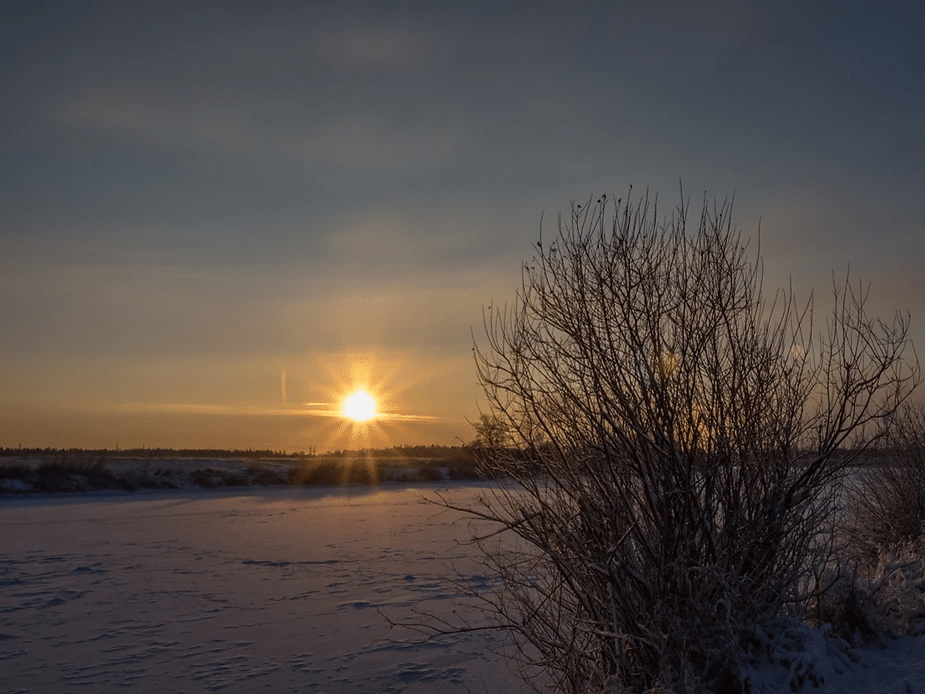8 tips for safer driving in low winter sun
At this time of year as autumn and winter set in, the glare from the sun can severely impair your visibility and make driving conditions extremely difficult.It is often worse when raining as the sun reflects on the water that is left on the road making it difficult to see other road users.
However, it’s not just snow, hail and rain that can make driving conditions difficult. The glare from low winter sun can also be very hazardous.
In this article we will run through a few simple tips for safer driving in low winter sun for a more enjoyable journey.
How does sun glare affect driving?
Driving in low sun accounts for numerous accidents in the UK each year.
According to the Department of Transport, nearly 4000 people are injured on our roads every year due to accidents caused by sun glare.
What’s the best way to deal with low sun whilst driving?
Here are a few tips to help make driving in low winter sun easier:
- Keep a quality pair of sunglasses handy in the car
- Slow down and stay in control
- Increase distances between you and other vehicles
- Use your visor against sunlight
- Ensure the windscreen washer fluid in your car is topped up
- Make sure your windscreen, wing mirrors and rear view mirror are clean before you start your journey
- Keep a windscreen scraper in the car for those frosty mornings
- Your headlights should be switched on just before sunset and remain on until after sunrise.They should also be dipped when light is intense to help avoid any potential hazards.
Learn more: tips to help reduce glare whilst driving at night.
Choosing the best sunglasses for driving
While we’re on the point of sunglasses, it’s worth remembering that those cheap pair of supermarket sunnies may not be the best at blocking the glare from low winter sun.
To gain the best protection, consider a pair of sunglasses with polarised lenses as these are specifically designed to reduce glare from surfaces such as water, snow and glass. A popular range of polarised sunglasses for sports and outdoor activities are Maui Jim.
If you already wear a pair of transition lenses, read our article on why these type of lens don’t seem to work as well as they should in the car.
Remember, remember your eye test
Opticians will recommend that everyone, not just motorists, have a thorough eye examination every two years to determine if you need prescription glasses or sunglasses for driving.

If you are struggling with your vision or are worried about driving as the nights draw in, your local independent optician are only a click or a phone call away for help and advice.
Related articles





